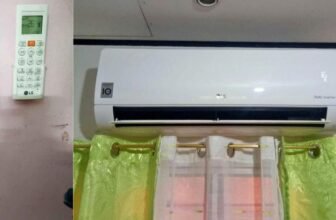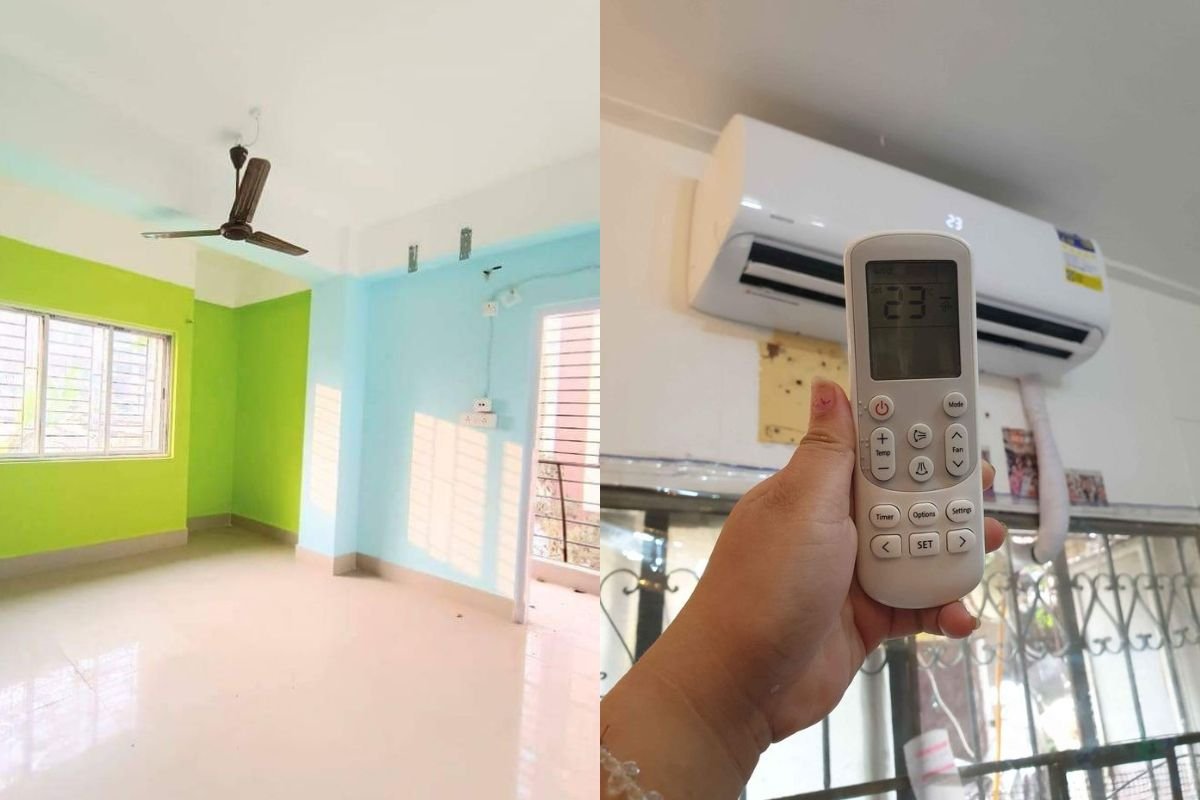
Selecting the proper size for your air conditioner is crucial to ensure it efficiently cools your home without wasting energy. An undersized unit won’t be able to cool your rooms effectively on hot days, while an oversized air conditioner will cycle on and off more frequently, which can increase wear and tear on the system and lead to a humid indoor environment. To find the ideal air conditioner size for your house, you’ll need to consider several key factors.
You’ll want to start by measuring the area of the room or house you wish to cool. This is usually done by multiplying the length and width of the room to get the total square footage. There are guidelines and calculators available to help you determine the right size but keep in mind that you should also consider ceiling height, insulation quality, window sizes, and your local climate.
For accurate sizing, it might be necessary to adjust the basic calculation to account for specific conditions in your home. For example, if your room receives direct sunlight, you might need a more powerful air conditioner. Similarly, if the space is shaded, you could opt for a unit with slightly less capacity. The goal is to find an air conditioner with enough power to cool your space, taking into account these variables, and ensuring optimal performance and comfort.
Understanding Air Conditioner Size
When selecting an air conditioner, understanding the concepts of BTU and tonnage is crucial for determining the correct size that matches your home’s cooling needs.
The Basics of BTU and Tonnage
BTU, short for British Thermal Unit per hour, measures the heat amount an air conditioner can remove from a room per hour. One ton of air conditioning is equivalent to a cooling power of approximately 12,000 BTUs. This means that a one ton AC unit can remove 12,000 BTUs of heat per hour. The capacity of air conditioners typically ranges from 1 to 5 tons for average residential units.
Common AC Sizes and Their Corresponding BTUs:
- 1 ton = 12,000 BTUs
- 1.5 tons = 18,000 BTUs
- 2 tons = 24,000 BTUs
- 2.5 tons = 30,000 BTUs
- 3 tons = 36,000 BTUs
- 3.5 tons = 42,000 BTUs
- 4 tons = 48,000 BTUs
- 5 tons = 60,000 BTUs
Here are the ACs with different capacities for various room sizes.
Importance of Proper Sizing
Ensuring that you select the correct size of air conditioner is essential for efficient operation. If your air conditioner’s capacity is too small, it will run constantly, struggling to cool your space and consuming more energy. On the other hand, an overly large air conditioner will cool the room quickly but perform inadequately in removing humidity, leading to a damp environment.
To avoid these issues, calculate the size of your room (in square meters), and consider ceiling height, insulation, window sizes, and the number of occupants. These factors will impact the tonnage and BTU rating you’ll need for your air conditioner to operate efficiently. An accurately sized air conditioner maximizes comfort, reduces energy consumption, and extends the lifespan of the unit.
Calculating Room and House Square Footage
Before purchasing an air conditioner, accurately calculate the square footage of the room or house you wish to cool. This step is crucial for determining the correct size of the AC unit.
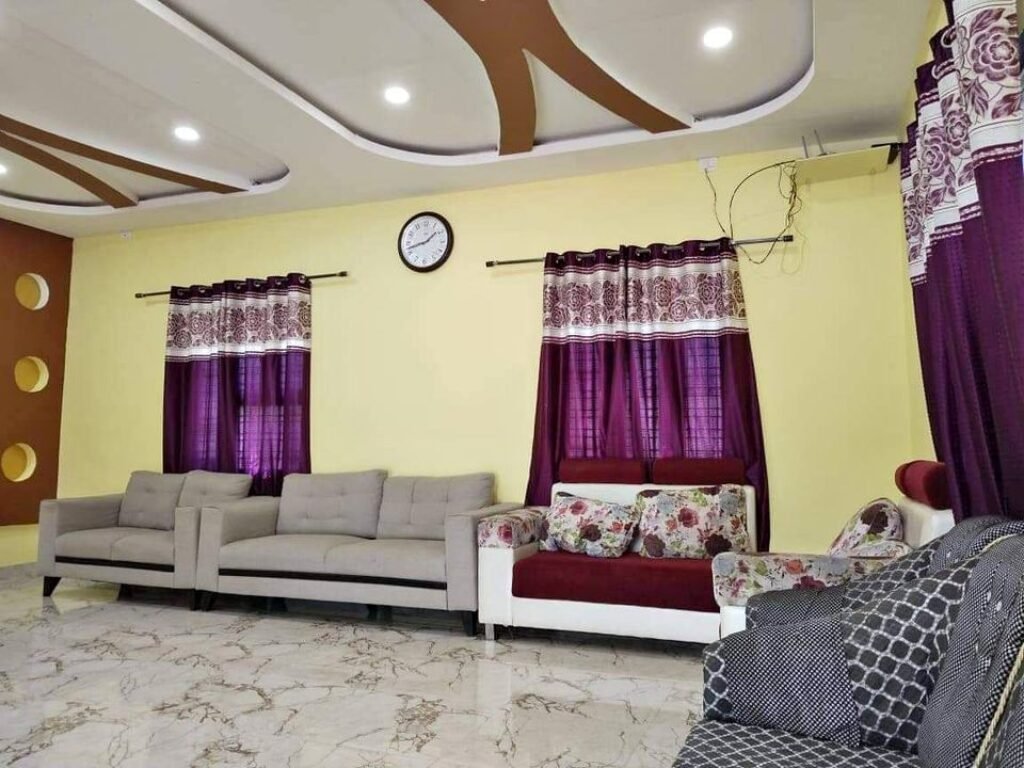
Measuring Room Dimensions
To calculate the area of a room, you’ll need to measure the length and the width of the feet. Multiply these two measurements to get the square footage of the room. For instance, if the length of the room is 12 feet and the width is 10 feet, the room’s square footage would be 120 square feet (12 feet X 10 feet).
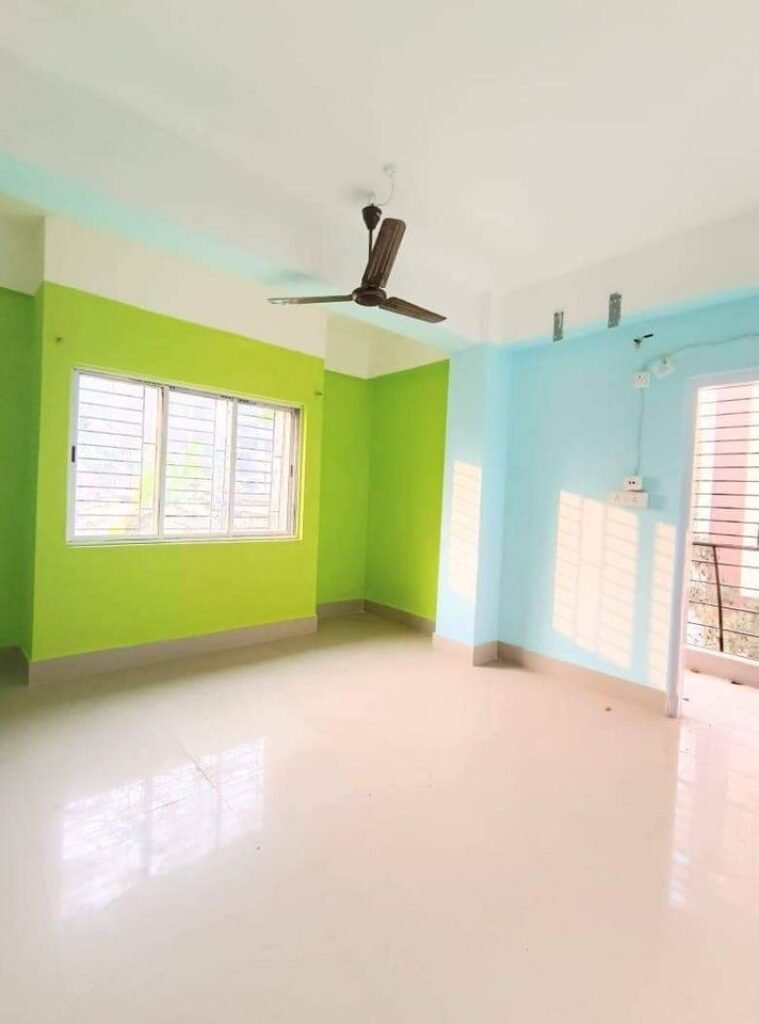
- Length of the room: Measure in a straight line from one end to the other.
- Width of the room: Measure at the widest point, perpendicular to the length.
Remember that for non-rectangular rooms, you may need to divide the space into separate rectangular sections, calculate the area of each, and then add the square footage of these sections together.
Extending Calculation to Entire Home
To scale up this calculation to your entire home, you’ll need to measure and calculate the area of each room and then sum their square footage.
- Begin by listing all the rooms and their respective dimensions.
- Calculate the square footage for each using the method described above.
- Add the square footage of all rooms to find the total square footage of your home.
Be aware that you should include only the spaces that require cooling when considering the square footage of your home for air conditioner sizing. Unoccupied areas like the garage generally aren’t considered in these calculations unless they require cooling.
How to Calculate the Room Air Conditioner Capacity Requirement Based on Square Feet
Calculating the correct air conditioner size for your room is critical for achieving efficient cooling performance. To determine the necessary capacity in British Thermal Units (BTU), you will primarily need to consider the area of your room in square feet.
Here is a simple step-by-step method:
- Measure Your Room: Firstly, measure the length and width of your room and multiply these figures to obtain the area in square feet. For instance, if you’ve previously calculated an area of 180 sq.ft., that is the figure you will use.
- Calculate BTUs: For a rough estimate of the minimum cooling capacity, multiply the area by 120 BTU. This estimate is based on standard conditions, typically suitable for average-sized rooms with normal ceiling heights. So, for a 180 sq. ft. area:
- Minimum BTU: 180 sq. ft. x 120 = 21600 BTU
- Convert to Tonnage: Air conditioning capacity is also often expressed in tons. Since 1 ton of cooling equals 12,000 BTU, you can convert your calculated BTU to tons as follows:
- Tonnage: 21600 BTU / 12000 BTU = 1.8 Tons (Tr)
- Choose an Efficient Compressor: When selecting your room air conditioner, consider one with an Inverter compressor, which can provide energy-efficient cooling by adjusting its power to the current room conditions.
Remember, these figures are for general guidance. Your ideal AC capacity might change depending on various factors such as room insulation, number of windows, and ambient weather conditions.
It is recommended to consult with a heating, ventilation, and air conditioning (HVAC) professional to ensure that you select a unit that will efficiently and effectively cool your space.
How to Calculate the Best Air Conditioner Size (+ Size Charts)
When selecting the best air conditioner (AC) size for your home, it’s essential to consider various factors to ensure efficient cooling without unnecessary energy expenditure. Here’s a brief guide to determine the correct AC size.
How Is AC Size Measured? AC capacity is typically measured in British Thermal Units (BTUs) per hour. The right size depends on your room’s square footage and the climate you live in.
Step-by-Step Calculation:
- Measure Your Room: Calculate the area by multiplying the room’s length by its width. If your room is 10 feet long and 12 feet wide, the area will be 120 square feet.
- Determine the BTUs: The general rule of thumb is that you need approximately 20 to 25 BTUs per square foot of living space.
- Adjust for Climate: If you live in a hot and humid area, you may need more BTUs to adequately cool the room.
- Size Charts: Utilize size charts for a more precise understanding of the required AC capacity.
Example Calculation: For a room of 120 square feet, you would require:
120 sq ft x 25 BTUs = 3,000 BTUs
Considerations:
- Insulation: Good insulation reduces the required capacity.
- Number of Occupants: Add approximately 600 BTUs for each additional person if regularly used by more than two people.
- Sun Exposure: Rooms with significant sun exposure may require additional BTUs.

Guidance: For detailed calculations, consider using tools like an AC BTU calculator to factor in variables like window size and room height.
By taking into account these considerations, you can confidently select an AC unit that’s well-suited to your needs without overextending your budget on unneeded capacity.
Selecting the Right Air Conditioner Size
Choosing the correct air conditioner size is not just about ensuring comfort; it also involves maximizing efficiency to save on energy costs. You must calculate the right cooling capacity for your specific conditions.
Applying the BTU Rule
To size your air conditioner, you’ll need to start with the basics of the BTU (British Thermal Unit) rule. This a standard for determining how much cooling capacity you need. Here’s a guideline:
- Calculate the area: Simply multiply the length by the width of the room in square feet.
- Use the BTU standard: Apply 20-25 BTUs per square foot of living space.
- Get the minimum BTU: For instance, a room measuring 12 feet by 15 feet would equate to 180 square feet. Multiplying by 25 BTUs, you should look for an air conditioner around 4500 BTUs.
Remember, this calculation will give you a baseline for the appropriate size, but specific conditions in your space, such as high ceilings or sunlight exposure, will adjust this number.
Adjusting for Specific Conditions
Once you have a basic BTU value, you’ll need to adjust for specific conditions that affect the cooling power of your air conditioner:
- Number of windows: More windows can mean more heat and thus more BTUs needed. Add 1,000 BTUs for each additional window.
- Ceiling height: Higher ceilings mean more volume to keep the room cool. Increase BTUs by 10% if your ceilings are above 8 feet.
- Occupancy: Each person who typically occupies the room adds approximately 600 BTUs to the required cooling power.
By taking these factors into account, you can choose an air conditioner size calculator that fits your specific needs, ensuring cool air distribution throughout the room.
Selecting the proper air conditioner size can mean not only comfort during hot weather but can also help save money on air conditioning by running your unit more efficiently. Remember, oversizing can lead to unnecessary energy expenditure, while an undersized unit will struggle to keep the room cool, reducing its lifespan due to overuse.
What to Consider When Sizing Your Air Conditioner
When selecting an air conditioner for your home, considering various factors ensures efficient cooling and comfort. Here’s what to keep in mind:
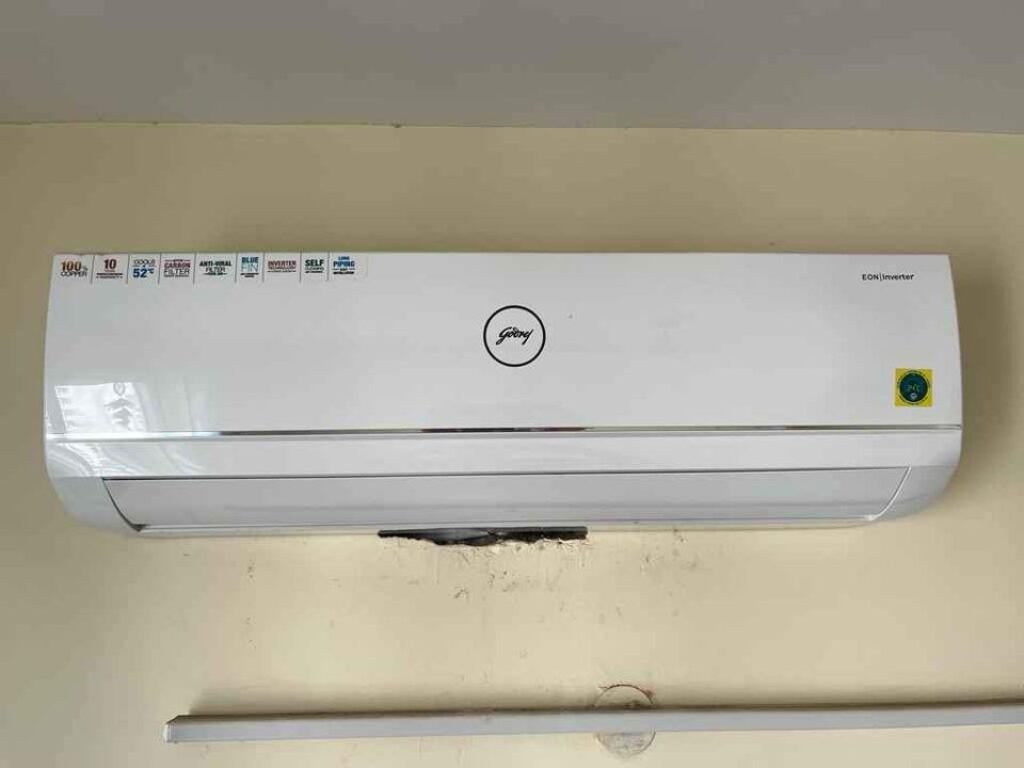
Room Sizes: Measure the length and width of the rooms you wish to cool, multiplying them to get the total square footage. A general rule is to allocate around 25 BTUs per square foot, though this might vary based on other factors.
Home Insulation: The better your home is insulated, the more efficiently an air conditioner can maintain a cool temperature. If your insulation is subpar, you might need an AC with more capacity.
Location of the Room: Rooms with many windows or those facing the sun require higher cooling capacity—consider upgrading the BTU rating if this is the case.
Placement of Air Conditioner: For optimum performance, the placement should allow unobstructed airflow. Avoid corners where air cannot circulate properly.
- Window Glazing: Double-glazed windows can help reduce heat gain, potentially allowing for a smaller AC unit.
Type of Air Conditioner: Whether it’s a portable, window, or split system, each type has different installation and BTU requirements.
Climate: If you live in a hotter climate, you’ll need an air conditioner with a higher BTU to effectively cool your space.
Running Costs: More powerful air conditioners can lead to higher electricity bills. Opt for an energy-efficient model to manage costs.
Use this information confidently to determine the most suitable air conditioner for your space, ensuring you can enjoy a comfortably cooled home.
Installation Considerations
Selecting the correct size for your air conditioning unit is a crucial step, but equally important is ensuring proper installation to achieve the desired cooling efficiency. You’ll need to consider whether professional services or a DIY approach is more appropriate, as well as the strategic placement of the unit to optimise airflow throughout your living spaces.
Professional Installation vs DIY
When deciding between professional installation and attempting DIY, understand that the complexity of installing an air conditioning system often requires specialised tools and knowledge. A professional installer can ensure that your air conditioning unit’s capacity is fully utilised, and they also bring expertise in electrical and structural considerations crucial for safety and efficiency. If you’re not experienced with HVAC systems, DIY installation could lead to costly mistakes or inefficiencies.
Placement and Airflow
The placement of your air conditioning unit plays a pivotal role in determining the size and effectiveness of the system. The unit should be positioned where it can distribute air evenly throughout the room, avoiding obstructions that could impede airflow. Proper airflow is essential to provide consistent cooling. It’s also worth considering external factors such as sunlight and shade, which can affect cooling capacity requirements. When positioning your unit, ensure there’s adequate space around it for maintenance and sufficient air circulation to allow the system to perform at its best.


 Amazon.in
Amazon.in 




